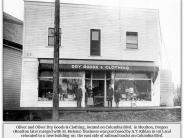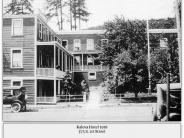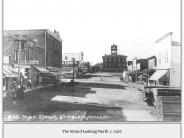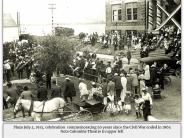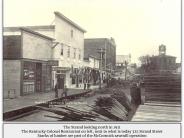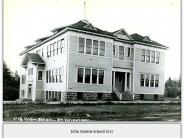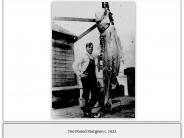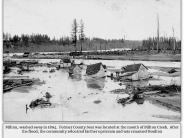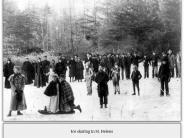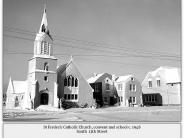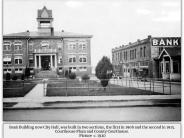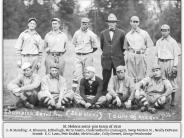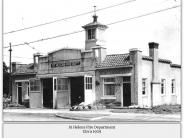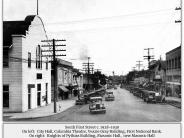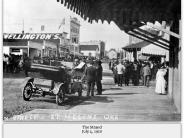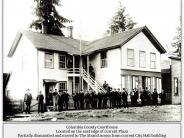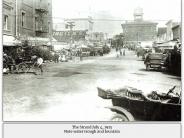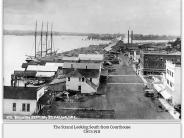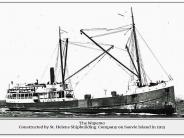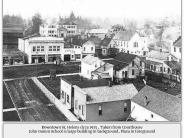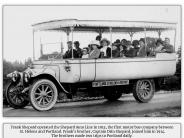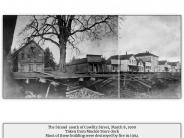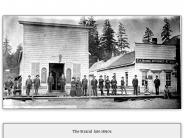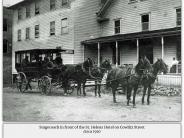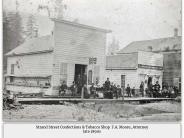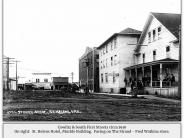-
Your Government
-
- City Council Boards & Commissions Public Meetings & Minutes Municipal Code City News
- Departments Administration Building City Recorder Elections Engineering Finance Human Resources Library
- Departments Municipal Court Parks & Recreation Planning Police Public Works Reservoir Project Urban Renewal Utilities
-
-
Our Community
-
- About St. Helens History of St. HelensState of the CityCourthouse Dock Camera
- Local Events City Calendar Community Day in the Park13 Nights on the RiverIndependence Day Celebration Spirit of HalloweentownRecreation Activities Sand Island CampingKeep It Local CC
- Community Resources City Newsletter City Social Media Emergency Services New Resident InformationProtecting Our Environment
-
-
Business & Development
-
- Local Business Directory Get a Business License City Bids & RFPs Broadband Study
- Business in St. Helens St. Helens Advantages Directions & Transportation Incentives & Financing Resources for Businesses Business Guide Columbia Economic Team Chamber of Commerce
- Current City Projects Waterfront Redevelopment Public Safety Facility Strategic Work Plan
-
-
How Do I?
-
- Apply for a Job Apply for a Committee Find A Park Find COVID Info Find Forms Follow St. Helens - Facebook Follow St. Helens - Twitter Follow St. Helens - YouTube
- Get a Police Report Get a Business License Get a Library Card Get a Building Permit Newsletter Signup Past Public Meetings Pay My Water Bill
- Public Records Request Report a Nuisance Register for Rec Activity Reserve a Park Sign Up for the 911 Alerts Universal Fee Schedule
-
History of St. Helens
St. Helens is located eighty-six river miles from the Pacific Ocean. The Columbia County seat since 1857, the city is at the confluence of the river and Multnomah Channel, less than three hundred yards from the northern tip of Sauvie Island. Both Highway 30 and a railroad freight line between Portland and Astoria dissect the town a mile and a half from the river. In the mid-1800s, the location attracted those who sought potential ports along the lower Columbia and the Willamette River.
Henry Knighton saw the deep channel along an expansive-rocky ledge with shoreline access, and bought the site in 1847 as part of a 640-acre preemption land claim. Knighton named his town Plymouth and began selling lots. He briefly named the town Kasenau or Casenau for Chinookan Chief Kiesno at about the same time that the chief died in 1848. Kiesno's village had been located on the Multnomah Channel near Knighton's future land claim, but in 1825 he moved to the Columbia, 10 miles downstream from HBC headquarters at Fort Vancouver. Kiesno had developed a friendly relationship with company employees, and the move was made to facilitate mutual trade. Casenau Street in downtown St. Helens survived until streets were renamed in 1929.
By 1850, Knighton had changed the town’s name to St. Helens in recognition of Mount St. Helens, the volcano that dominates the horizon thirty-nine miles to the northeast. In August of that year, businessmen in St. Helens and Milton, a port town nearly two miles up Multnomah Channel, augmented their commercial prospects by opening a trade route over the Tualatin Mountains into the rich wheat-growing land of the Tualatin Plains. Columbia County was predominantly forest, mountains, and hills; and although logs and lumber held sway, aspirations for a major shipping center required abundant agricultural commerce.
The San Francisco-based Pacific Mail Steamship Company, the region's dominant export shipping company, had named St. Helens its head of navigation by 1853. The town appeared to have become a central marketplace for the regional nexus of population and commercial growth. Portland interests, however, advocated for their port on the Willamette River. Within a decade, Portland had wrested the prize from St. Helens by contracting with competing shippers and improving Canyon Road, a backdoor to the Tualatin Valley.
In 1883, the Northern Pacific Railroad completed a line through St. Helens. The event had little initial impact on growth, as river transportation continued to be a mainstay for freight and passenger service. Between 1880 and 1890, the population of St. Helens slightly increased from 209 to 220. The town was incorporated in 1889. Rock was in demand in the early 1900s, and nearby quarries supplied building blocks for the Columbia County courthouse, built in 1906, and cobblestones for Portland streets.
St. Helens and the adjacent town of Houlton merged in 1914, raising the population to 2,500 people. It was the heyday of the timber industry, and the continued operation of companies such as St. Helens Lumber and St. Helens Pulp and Paper enabled the community to endure the worst effects of the Depression.
In 1915, six women formed the St. Helens Woman's Club to establish a library. A large donation from a local family helped complete a new building in 1996, and the library is now funded by the city. Another women's group organized a coalition of volunteers for social organizations and community improvement projects; they won a national community achievement award in 1958.
After World War II, St. Helens relied on timber-industry jobs to sustain its economy. In 1954, the city reached a population of five thousand and embraced its five wood-products companies in promoting itself as a “Payroll City.” The county's old-growth forests disappeared, however, and so did most of the related jobs at the same time.
For more history information about the City of St. Helens, please visit the Columbia County Museum, located across the street from City Hall. Website > http://www.colcomuseum.org/home
Walking Tour of the Historic District
Follow the link here to take a walking historic tour of the City of St. Helens.
https://sites.google.com/colcomuseum.org/walking/home
Current Population Estimate
July 1, 2024 Certified Population Estimate: 14,492
https://www.pdx.edu/population-research/population-estimate-reports
Click any thumbnail image to view a slideshow

